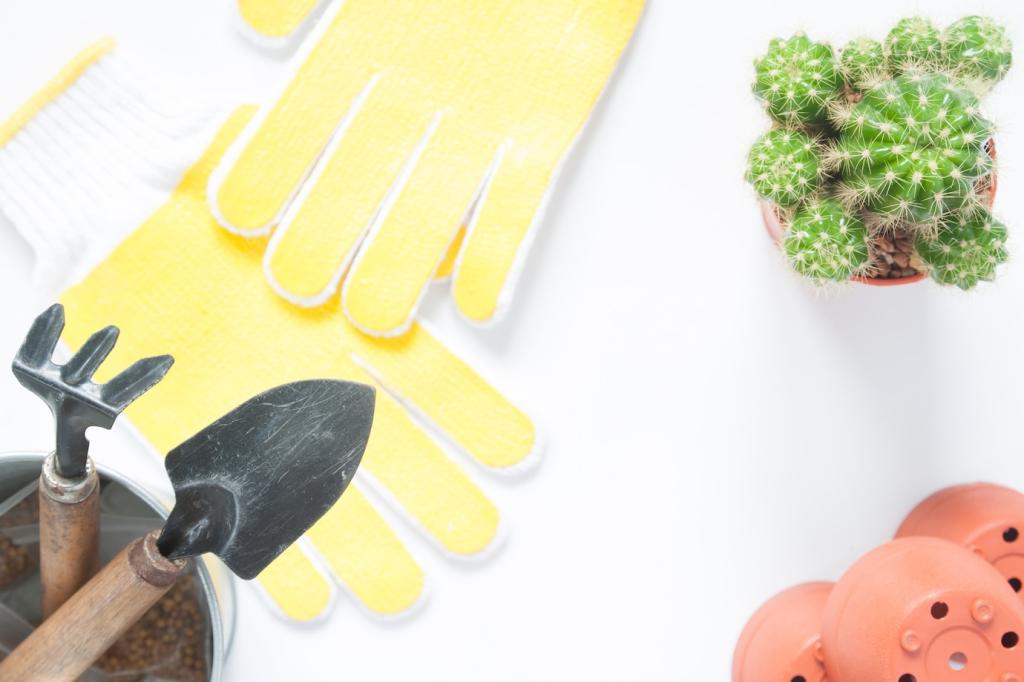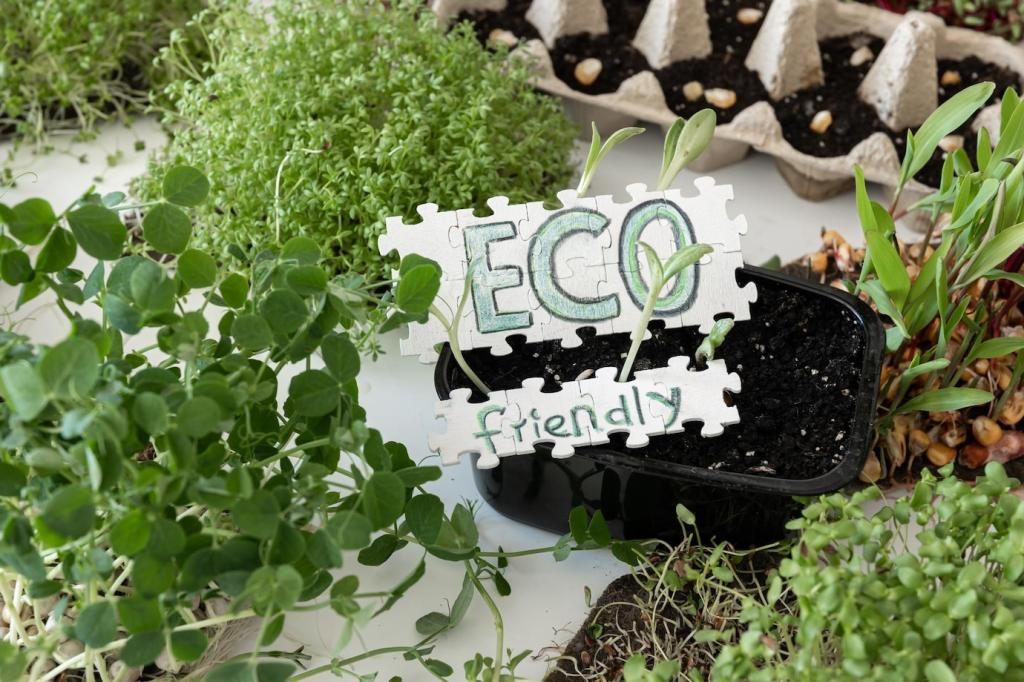
Natural Solutions for Upholstery Maintenance
Chosen theme: Natural Solutions for Upholstery Maintenance. Explore gentle, effective, and eco-minded ways to keep your sofas, chairs, and cushions spotless without harsh chemicals. Learn recipes, routines, and real-life stories that make natural care feel easy, welcoming, and wonderfully sustainable—then join our community to share your wins and questions.
Start with Nature: Principles That Protect Your Upholstery

Why pH Balance Matters for Fibers and Dyes
Natural solutions shine when they respect pH. Diluted white vinegar, mild castile soap, and distilled water help keep fibers resilient and colors stable. Strong alkaline or acidic mixes can weaken threads, so gentle, balanced formulas protect texture, vibrancy, and long-term durability without leaving harsh residues behind.

Test Spots First: Colorfastness, Patience, and Blotting
Before tackling a spill, test a hidden patch with your natural cleaner and wait for drying. Blot, never rub, so you lift stains upward rather than grind them deeper into the weave. Patience and layered applications often outperform aggressive scrubbing, protecting both delicate fibers and dye integrity.

A Linen Armchair Saved with Pantry Staples
When a vintage linen armchair absorbed a splash of espresso, we blotted with cold water, then used airy castile soap foam and a vinegar rinse. After drying with circulating air, a light baking soda dusting banished odor. The piece looked refreshed, and its cozy character remained beautifully intact.

Combine one part white vinegar with three parts distilled water, optionally infused with orange peels for a week to mellow the scent. Lightly mist on grime, then wipe with a clean microfiber cloth. Always avoid natural stone nearby and test first; the gentle acidity lifts residue without sticky films.

Whisk a teaspoon of unscented castile soap into a cup of warm distilled water until foamy. Scoop only the foam onto a clean cloth and dab the surface, avoiding oversaturation. Wipe with a damp cloth, then dry thoroughly. The airy texture reduces water exposure and prevents rings on sensitive fabrics.

Sprinkle a fine layer of baking soda across cushions and seams, let it rest for several hours or overnight, then vacuum slowly with a brush attachment. It neutralizes odors from cooking, pets, and everyday use. For a gentle aromatic touch, add a tiny pinch of dried lavender buds—never oils—on delicate fabrics.

Coffee and Tea: Lift Tannins Without Overwetting
Blot immediately with a dry cloth, then dab with cold water. Follow with a small amount of castile foam to loosen tannins. If discoloration lingers on colorfast fabric, apply a weak vinegar-water solution and blot again. Finish with a dry towel and airflow to avoid watermarking and fiber stress.
Red Wine and Berries: Gentle Steps, Big Results
Cover the fresh spill with salt to draw pigment, then lift with cool water and blot. For stubborn shadows on colorfast textiles, carefully use club soda and repeat gentle blotting. If safe, a spot-tested 3% hydrogen peroxide can brighten remaining tint; rinse lightly and dry to preserve hand-feel.
Oils, Grease, and Makeup: Absorb First, Clean Second
Dust cornstarch or arrowroot over the mark and wait fifteen minutes to absorb oils. Vacuum, then use castile foam with tiny circular dabs. Repeat absorb-and-foam cycles rather than scrubbing. Avoid hot water, which sets grease. Patience helps lift slick residues while keeping the fabric’s structure calm and intact.
Fabric-Savvy: Matching Methods to Materials
01
These breathable fibers handle mild, plant-based soaps well, but they dislike soaking. Use foam, not puddles, and dry with fans. Expect slight texture shifts if overwetted. Rotate cushions to distribute wear, and schedule a monthly baking soda refresh followed by a thorough vacuum to keep things balanced.
02
Wool prefers mild, low-alkaline care. Use barely-there castile foam and blot gently with distilled water. Avoid heat, which can felt fibers. After drying, lightly brush with a soft garment brush in the nap’s direction. Natural methods preserve loft, reduce pilling, and retain the comforting resilience of wool.
03
Many synthetics show water rings. Apply minimal foam, blot thoroughly, and encourage even drying with airflow. For smudges, a light pass with a barely damp cloth works wonders. Skip harsh solvents; natural, low-residue cleaners reduce buildup that attracts dust, keeping synthetic fibers smooth, responsive, and easy to refresh.
Prevention First: Daily Habits for Natural Care
Diffuse bright sunlight to slow fading, vacuum with a soft brush weekly, and rotate cushions every two weeks. These simple habits keep soils from settling and prevent uneven wear. Natural methods shine with consistency, so set reminders—and tell us what rhythm works best for your home’s routine.




Sustainability Wins: Care That Extends Lifespan
Infuse vinegar with saved citrus peels, measure small batches, and store cleaners in reusable bottles. Distilled water prevents mineral spotting, reducing re-cleaning. These choices cut packaging and extend results. Share your zero-waste tricks, and join our newsletter for monthly challenges that make greener care feel genuinely fun.

